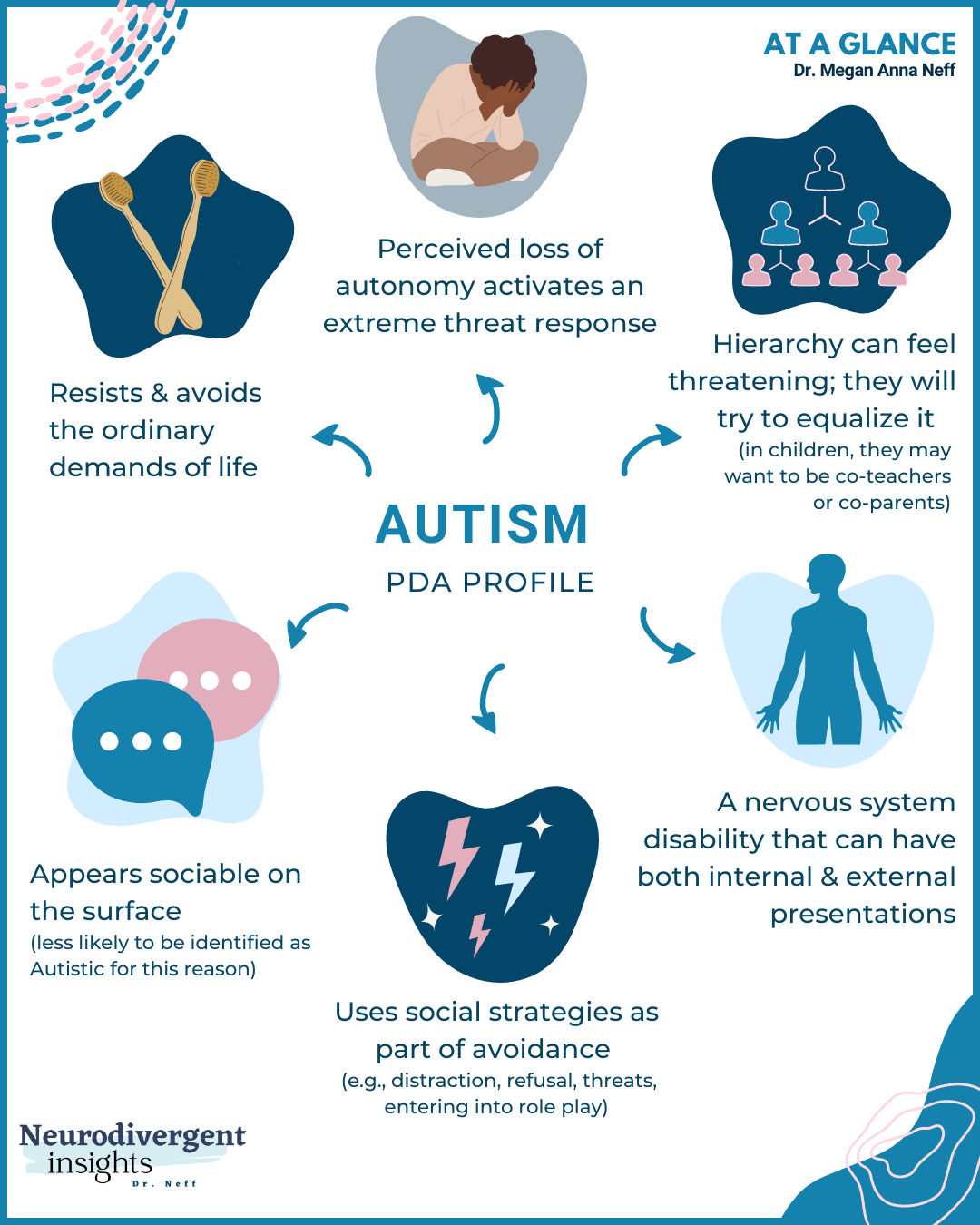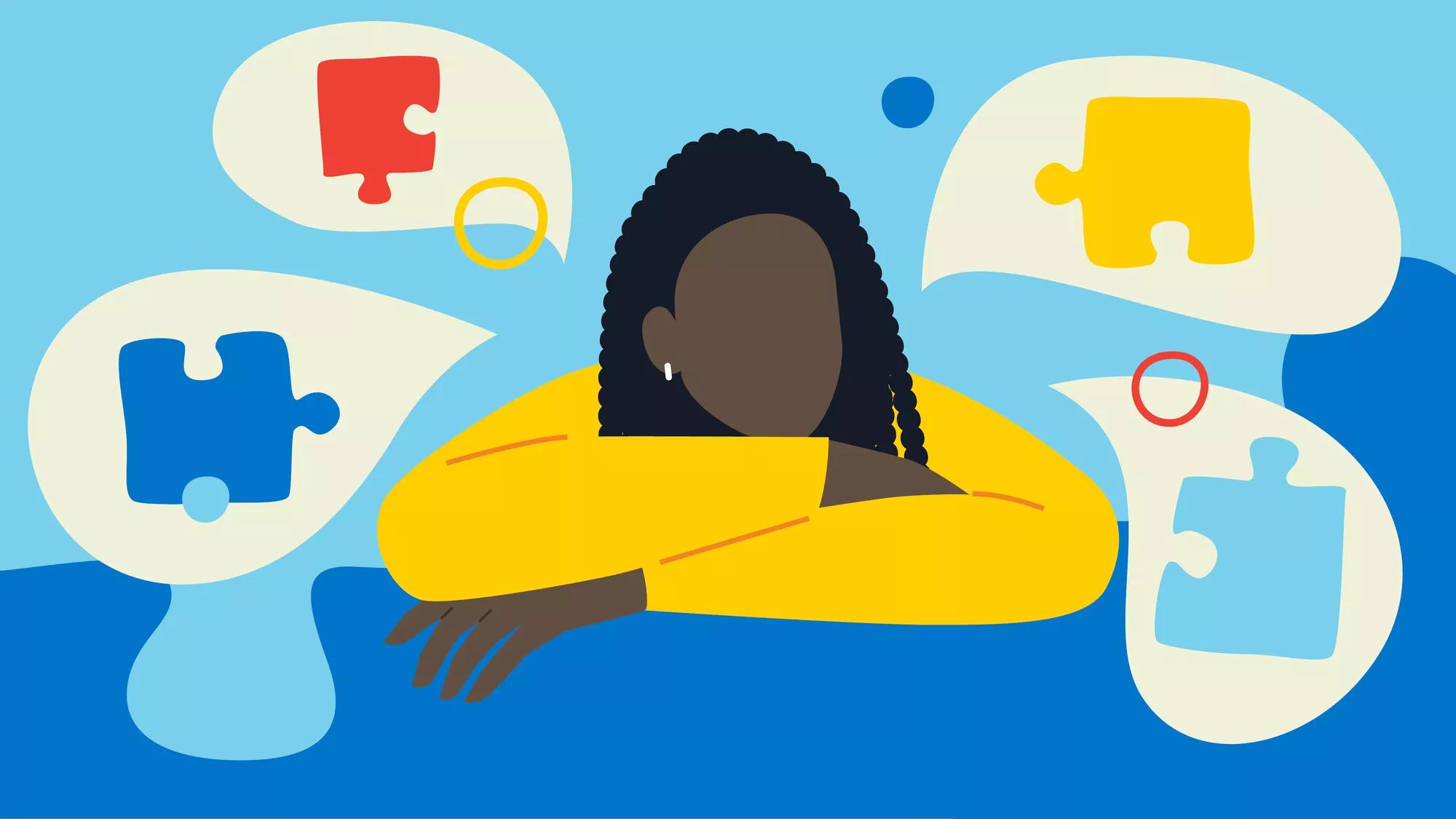Checking Out Autism: Methods for Reliable Interaction and Interaction
Efficient interaction and communication with people on the autism spectrum require a comprehensive understanding of their special demands and preferences. The complexities of these strategies expose more considerations that merit exploration, especially in how they can be adjusted to specific experiences and varied contexts.
Understanding Autism Range Problem
Autism Spectrum Problem (ASD) encompasses a series of neurodevelopmental problems characterized by challenges in social communication, communication, and repeated behaviors. The term "range" mirrors the varied symptoms and varying levels of severity experienced by people with ASD. While some may show significant disabilities, others might display high-functioning characteristics, enabling greater independence in day-to-day live.
The beginning of ASD normally occurs in early childhood, with indications often recognizable by age 2. Early indicators might consist of postponed speech development, minimal eye call, and troubles in understanding social cues. Although the accurate etiology of ASD continues to be vague, study suggests a combination of environmental and genetic elements plays a vital function in its growth.
As a result, treatments and support tailored to specific requirements are important for cultivating interaction and social abilities. Recognizing the complexity of ASD is essential for promoting understanding, acceptance, and effective methods that help with purposeful communications with individuals on the range.

Value of Clear Interaction
Reliable interaction is crucial for promoting understanding and connection, particularly for people with Autism Range Condition (ASD) Clear communication not just assists in social communications however likewise improves the individual's capacity to reveal their emotions, requirements, and thoughts. For individuals with ASD, the nuances of language can usually be testing; for that reason, using uncomplicated and distinct language is important.
In addition, clear communication helps in reducing stress and anxiousness that may emerge from misunderstandings. When messages are shared in a direct and constant way, individuals with ASD are much better furnished to translate information precisely, which can considerably improve their social involvement and participation in different settings.
Establishing regimens and making use of visual supports can better strengthen clear communication. These methods provide people with foreseeable structures that aid comprehension and retention of info. In addition, actively paying attention and being patient during communications promotes a helpful atmosphere where people with ASD really feel valued and recognized.
Eventually, focusing on clear communication not only equips people with ASD yet additionally fosters more purposeful connections with their peers, caregivers, and the larger neighborhood, leading the way for joint connections and inclusive communications. - autism
Non-Verbal Interaction Techniques
Communication extends beyond words, and for people with Autism Spectrum Condition (ASD), non-verbal cues play a significant role in interactions. Non-verbal communication techniques can consist of faces, motions, body movement, and eye get in touch with, every one of which act as crucial elements for conveying emotions and objectives.
Recognizing and analyzing these non-verbal signals can improve interactions with people with ASD. As an example, a cozy smile or open pose can produce a welcoming atmosphere, encouraging engagement. Utilizing visual help-- such as photo cards or symbols-- can bridge interaction spaces and help share messages a lot more successfully.
It is likewise important to be mindful of individual space, as people with ASD may have various convenience levels regarding closeness. Observing their responses to physical nearness can inform proper adjustments.

Developing Helpful Environments
Developing a supportive environment is critical for promoting favorable communications and enhancing the health of individuals with Autism Range Disorder (ASD) Such settings can dramatically minimize anxiety and produce a sense of safety and security, enabling individuals to share themselves a lot more freely.
To attain this, it is important to consider sensory sensitivities that people with ASD may experience. Customizing the physical space to consist of soft lights, minimal history sound, and comfortable seats can create a relaxing atmosphere. In addition, using constant routines and clear aesthetic schedules can assist individuals expect transitions and minimize unpredictability, further advertising convenience.
Social rooms must be structured to decrease overwhelming stimulations while offering chances for involvement in preferred activities. Promoting areas assigned for silent time can additionally act as a haven during moments of stress and anxiety. Importantly, integrating aspects additional reading of choice equips individuals, enabling them to work out firm in their environment.

Encouraging Social Communications
Cultivating social communications among people with Autism Spectrum Problem (ASD) calls for intentional approaches that prioritize convenience and interaction. Developing foreseeable routines can help in reducing stress and anxiety, making social setups much more friendly. Creating organized settings with defined functions and responsibilities permits individuals to engage without the frustrating pressure of unstructured social dynamics.
Including rate of interests and toughness into social activities can function as a driver for communication. As an example, organizing group activities around shared leisure activities or subjects of Visit Website fascination can assist in all-natural conversations and connections. Additionally, making use of visual assistances, such as social manuscripts or photographic schedules, can help in comprehending social hints and expectations.
Modeling appropriate social habits is vital - autism. Peers and adults should demonstrate effective communication techniques, including active listening and turn-taking. Role-playing scenarios can additionally give a safe room for individuals to exercise these abilities
Last but not least, cultivating peer partnerships with comprehensive practices is important. Motivating comprehensive playdates or group trips can produce chances for socialization in a comfortable setup. By applying these instructors, caregivers and approaches can significantly boost social communications for individuals with ASD, advertising their total social advancement and well-being.
Conclusion
In conclusion, efficient interaction and interaction approaches are important for sustaining people with Autism Spectrum Problem. Ultimately, these techniques equip people with autism to navigate social landscapes, promoting their general wellness and making it possible for the growth of lasting relationships.
Efficient communication and communication with people on the autism range demand a comprehensive understanding of their distinct requirements and preferences. Clear communication not just assists in social communications yet additionally boosts the person's ability to express their requirements, emotions, and thoughts.Fostering social communications amongst people with Autism Range Condition (ASD) needs deliberate methods that focus on convenience and involvement. By applying these teachers, caretakers and approaches can substantially enhance social communications for people with ASD, advertising their general social advancement and well-being.
In final thought, effective interaction and interaction strategies are vital for supporting people with Autism Range Problem.